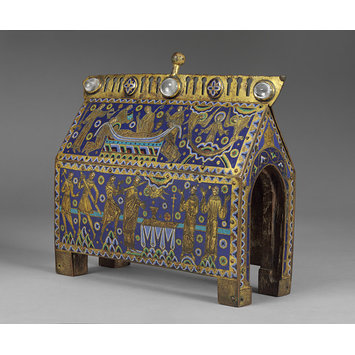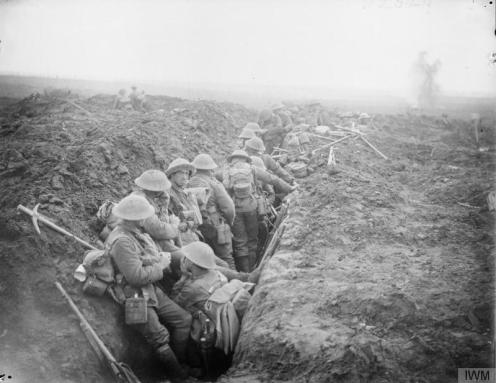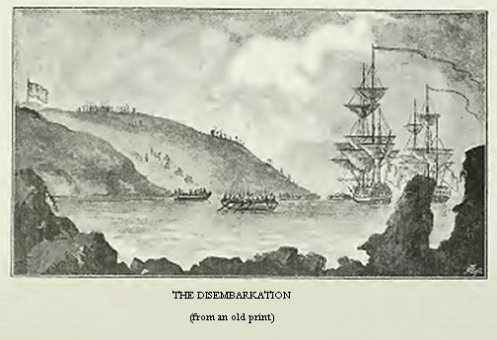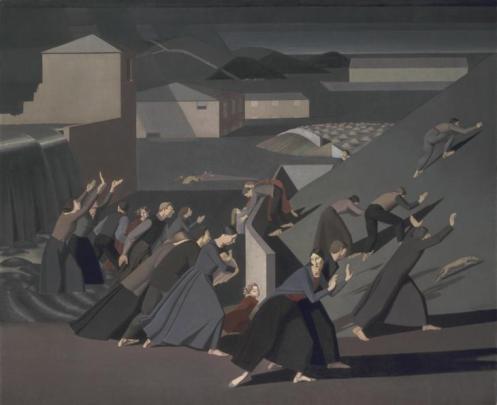There has been a lot of media coverage in the last few days of the return to England, after 800 years, of what is alleged to be a bone fragment from Thomas Becket, the medieval Archbishop of Canterbury who was murdered in his own cathedral in 1170. The relic is thought to have been obtained by two clergy who were present in Canterbury Cathedral when Thomas Becket’s body was reburied in 1220 and his tomb opened, and who took it with them to back to their native Hungary.
Becket was made Archbishop by his close friend, Henry II. The friendship unravelled when Becket defended the church in disagreements with the king. On 29 December 1170 four knights killed Becket, believing that the king wanted him out of the way. It is unclear whether Henry actually directly ordered the murder or not. Becket was made a saint and his shrine in Canterbury Cathedral became a focus for pilgrimage, until it was completely destroyed during the Reformation.
The first exhibition on which I ever worked was to display the Becket Casket in Canterbury Cathedral. It is a beautiful Limoges enamel reliquary, pictured below, made shortly after Becket’s death to contain his relics (now lost), owned by the V&A and loaned to Canterbury for a short period in 1997.

There is no way of proving if the Hungarian relic is actually is a fragment of Thomas Becket, but nevertheless it’s a fascinating reminder of the man and the period.
Warsaw Ghetto survivor Rose Klepfisz, who later became an archivist of Jewish history, died recently in New York at the age of 102.
Trevor Miners was one of the last surviving members of Churchill’s wartime Auxiliary Units, who were trained to carry out guerrilla warfare against the Germans should they have invaded Britain. Many, like Miners, were recruited from the local Home Guard. They were issued with explosives, guns and hunting knives and in the event of an invasion would have moved to Operational Bases where they would have waited to come up behind the invaders lines and attack troops, supplies and communications. More extraordinary than this was the fact that each was to be issued with a list of potential collaborators, including some senior policemen, who might have to be executed if there was a risk of them helping the Nazi occupying forces.
http://www.telegraph.co.uk/obituaries/2016/04/08/trevor-miners-auxilier–obituary/
William Shakespeare died on 23 April 1616, and a huge range of events and exhibitions are going on to mark this anniversary. I’ve been doing some work for exhibition designers Real Studios who are helping the Shakespeare Birthplace Trust transform the site of New Place, Shakespeare’s last home in Stratford-upon-Avon and the place where he died.
There are many, many other Shakespeare related activities going on (a rather welcome break from the First World War centenaries), including the conservation of his will at the National Archives. Read this blog post about re-interpreting Shakespeare’s will, including a new view on his intentions in leaving his wife his second best bed, until now regarded as rather insulting.
http://blog.nationalarchives.gov.uk/blog/shakespeares-will-new-interpretation/
In a doctors’ waiting room recently, I picked up a leaflet produced by a charity called Poems in the Waiting Room. There were eight poems in the leaflet, by a wide range of authors of different periods, including WB Yeats and Wendy Cope and it was a real tonic in an otherwise over-heated, germ-filled, slightly anxious atmosphere. Such a brilliant idea. You can find out more on their website:
http://www.poemsinthewaitingroom.org/
This week, “Battle Coordinator” at the Bannockburn Visitor Centre, run by the National Trust for Scotland….
Two obituaries were recently published in the Daily Telegraph (who I think have some of the most interesting obituary subjects) of men whose lives provide insights in to the Second World War in very different ways. Sir William O’Brien was a British naval officer who took part in many interesting operations, including Churchill’s plan to mine the River Rhine and escorting Arctic convoys to Russia. Polish Holocaust survivor Samuel Willenberg was the last survivor of an extraordinary prisoner revolt at the Treblinka death camp, from which he then escaped.
http://www.telegraph.co.uk/news/obituaries/12178099/Admiral-Sir-William-OBrien-obituary.html
Budget-cutting across local government has led to the serious reduction in access to, or the closing of, museums all over the country. It is particularly sad, in the middle of the First World War centenary commemorations, to read that the Durham Light Infantry Museum will close on 1st April. It was formed in 1881 and served in the Boer War and First and Second World Wars and the Korean War.
The regiment saw action at the Battle of the Somme, the centenary of which will be commemorated this year, and at the Third Battle of Ypres (Passchendaele). The photograph below, from the IWM, shows men of the 13th Battalion, Durham Light Infantry waiting in trenches prior to an attack on 20 September 1917 during the Battle of Passchendaele.

Let’s hope the Museum can be re-opened in some form soon.
On 24 February 1797 ended the Battle of Fishguard, which halted a military invasion of Britain by France, and is often referred to as the last time a foreign force was able to land here. This was part of three-pronged attack on Britain to support the rebellion of the United Irishmen – two forces would land in mainland Britain, one in north Wales and the other near Newcastle, with a larger force aiming for Ireland. The attack in Wales was the only one that went ahead, and it quickly fizzled out.

An interesting article on the Battle of Fishguard here:
http://www.historic-uk.com/HistoryUK/HistoryofWales/The-Last-Invasion-of-Britain/
I’m really pleased to discover that in June the Dulwich Picture Gallery has an exhibition about the British painter Winifred Knights (1899-1947). I first saw her work at the otherwise rather patchy and confusing Fighting History exhibition at Tate Britain last year. The final room of the exhibition looked at depictions of the Great Flood, including Knights’ work of 1920, which was for me the most memorable picture in the exhibition. I’m looking forward to seeing more of her work in Dulwich later in the year.

The Deluge 1920 Winifred Knights 1899-1947 Purchased with assistance from the Friends of the Tate Gallery 1989 http://www.tate.org.uk/art/work/T05532
Image from Tate Britain